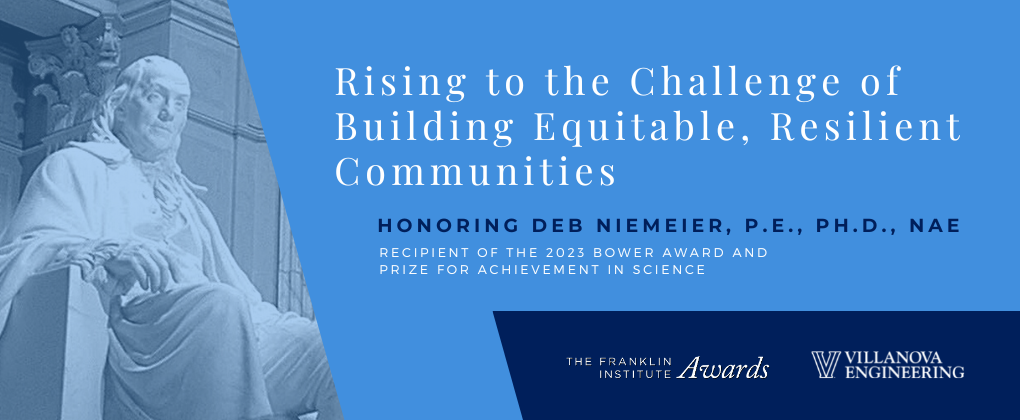SYMPOSIUM ABSTRACTS
The pervasiveness of cell phones and mobile applications generates vast amounts of digital traces that can reveal a wide range of human behavior. From mobility patterns to social networks, these signals expose insights about human behaviors in the built environment that could assist decision makers in the design of novel policies. However, due to cell phone use barriers - e.g., data plans are costly for low-income population and phones are harder to use by elderly population - certain socio-economic and demographic groups might be under-represented in the data, resulting in biased behavioral insights that could lead to potentially unfair policies.
This talk will highlight research that my lab is doing in two areas: the design of computational models to extract behavioral insights from cell phone data and the design of methods to evaluate the impact of data bias on the output of these computational models. First, I will discuss computational approaches that can help local governments and non-profit organizations better understand the spatial dynamics of cities and communities - offering additional behavioral insights beyond more traditional sources of information - and assisting them in the design of more accessible, resilient and humane cities. After that, I will present our work on auditing and mitigating the impact of data bias on the computational approaches we develop to guarantee the design of fair and equitable policies across all socio-economic and demographic groups.
The number of natural and anthropogenic disasters has grown in recent decades all around the globe, and the capabilities and capacities of responding organizations usually determine the magnitude of post-disaster community impacts. Based on fieldwork research and empirical evidence, this presentation discusses regular, semi-regular, and emerging disaster response logistics structures characterized after major events. The evidence shows that effective response efforts require leveraging and integrating community-based efforts. Collaborative aid networks and social assistance networks, examples of these efforts, share a structure typology based on social networks highly integrated within the communities they serve. Despite sometimes having a different objective than disaster response, they can extend and expand their mission. They provide advantages in information gathering and sharing, connect local populations with supply sources, have a significant capacity to mobilize supplies, and help achieve humanitarian relief objectives using a reliable network. The presentation compares these structures with agency-centric and partially integrated efforts and provides recommendations for their consideration.
This dynamic panel with individuals working at the leading edge of engineering solutions to challenges of building equitable and resilient communities will discuss their next steps and the catalysts in this field of study.
